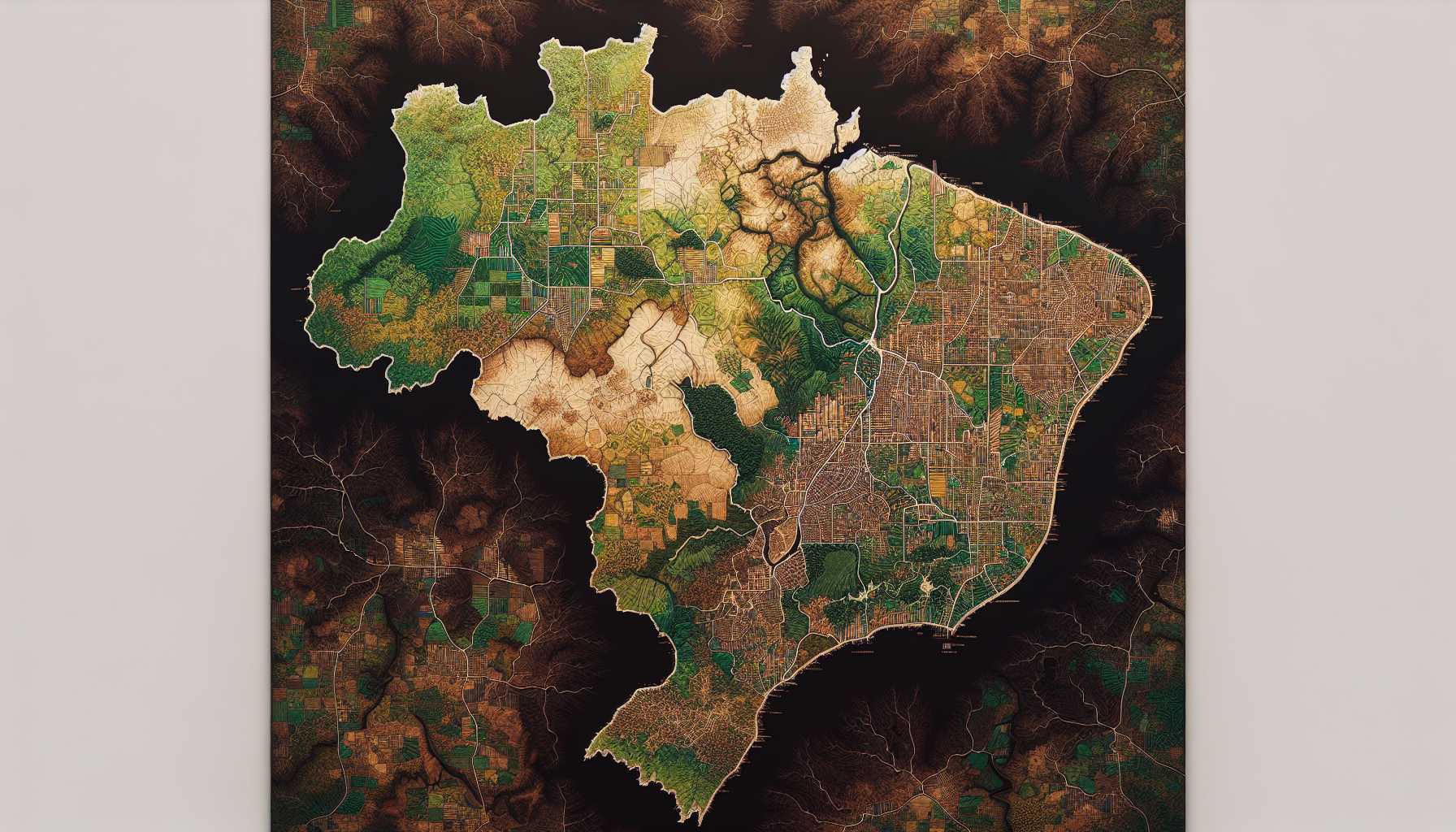The Digital Divide in Brazil: Urban vs. Rural Internet Speeds
The internet has become an essential part of our lives, connecting us to information, entertainment, and communication. But not everyone has equal access to this vital resource. In Brazil, there is a significant difference in internet speed between urban and rural areas.
Urban vs. Rural Internet Speeds in Brazil
According to a 2022 report by the Brazilian Institute of Geography and Statistics (IBGE), the average download speed in urban areas of Brazil is 25.4 Mbps, while in rural areas it is only 5.3 Mbps. This means that people in urban areas can download files and stream videos much faster than those in rural areas.
The difference in internet speed is due to a number of factors, including:
- Infrastructure: Urban areas are more likely to have high-speed fiber optic networks, while rural areas are more likely to have slower DSL or satellite connections.
- Population density: Urban areas have a higher population density, which makes it more economical for internet service providers to invest in infrastructure.
- Government investment: The Brazilian government has invested heavily in expanding internet access in rural areas, but there is still a long way to go.
The Impact of Internet Speed on Rural Communities
The lack of high-speed internet in rural areas has a significant impact on the lives of people who live there. It can make it difficult to:
- Access education: Many educational resources are now available online, but students in rural areas may not be able to access them due to slow internet speeds.
- Find jobs: Many jobs now require access to the internet, so people in rural areas may be at a disadvantage when looking for work.
- Start businesses: The internet is essential for starting and running a business, but slow internet speeds can make it difficult for businesses in rural areas to compete.
- Stay connected with family and friends: The internet is a great way to stay connected with family and friends, but people in rural areas may not be able to do this as easily due to slow internet speeds.
The Future of Internet in Rural Brazil
The Brazilian government is committed to closing the digital divide and bringing high-speed internet to all Brazilians. The government has launched a number of initiatives to improve internet access in rural areas, including:
- The National Broadband Plan: This plan aims to provide high-speed internet access to all Brazilians by 2024.
- The Rural Internet Program: This program provides subsidies to internet service providers to deploy high-speed internet in rural areas.
These initiatives are expected to significantly improve internet access in rural Brazil in the coming years.
Conclusion
There is a significant difference in internet speed between urban and rural areas of Brazil. This is due to a number of factors, including infrastructure, population density, and government investment. The lack of high-speed internet in rural areas has a significant impact on the lives of people who live there. However, the Brazilian government is committed to closing the digital divide and bringing high-speed internet to all Brazilians.

